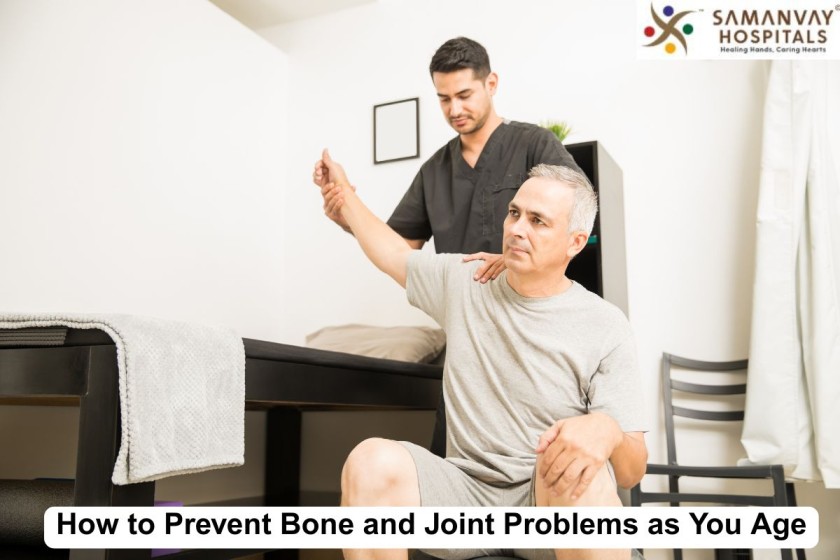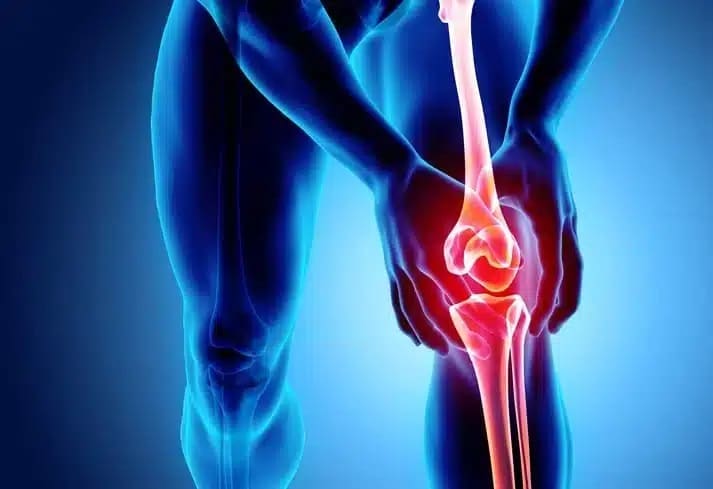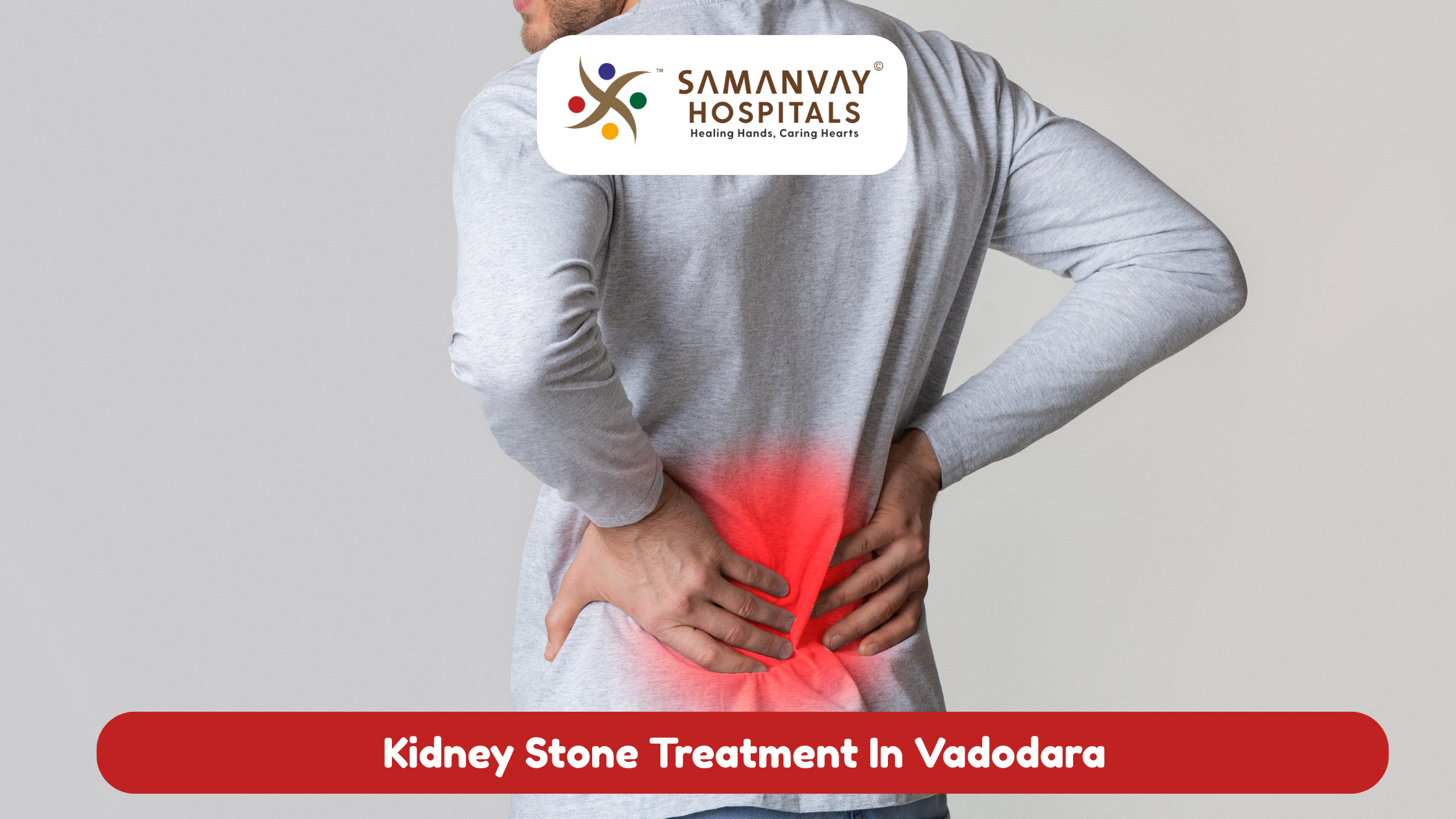
Table of Contents
- Introduction
- Understanding Bone and Joint Health
- Common bone and joint problems as you age
- Tips to prevent bone and joint issues
- The role of regular checkups
- The importance of choosing the right hospital for treatment
- Conclusion
Introduction
As we grow older, our joints and bones become weak. It is normal for joints to become stiff and bones to become denser. However, you can do things to prevent bone and joint issues when you age. If you maintain your body properly now, you can have an active life free from painful ailments later.
Here, in this blog, we will look at methods for maintaining your joints and bones in their best state of health. Additionally, it will focus on the value of routine visits and careful application of treatment. We will begin by learning the evolution of bone and joint health as age moves along.
Understanding Bone and Joint Health

Bones mold our body, protect organs, and store calcium. Joints connect bones and allow us to move. Bones grow weaker and joints get stiff with age. It causes problems like arthritis, joint pain, or even bone breakage. Weak bones break, and rigid joints cannot move. All these things happen with age very frequently. Moreover, you can do some simple things to stay healthy. Exercise, healthy eating, and frequent checkups can work. Keeping your bones and joints healthy in the early stages is one method to prevent a lot of problems down the road. Being active and careful now will serve you well in continuing to move into your old age.
Common bone and joint problems as you age
Some diseases of bone and joint that individuals experience when they are old:
- Osteoarthritis: The most prevalent overall alignment of chronic osteoarthritis occurs when the cartilage wrapped on the joints deteriorates, resulting in pain, stiffness, and inflammation.
- Osteoporosis: The disease slaps bones and weakens them, causing them a risk of breaking up. It can quietly become a secret until someone experiences a sharp break, usually in the hip, wrist, or spinal cord.
- Rheumatoid Arthritis (RA): Unlike osteoarthritis, RA is an autoimmune state where the body’s immune system attacks the joints, causing pain, deformity, and inflammation.
- Fractures and osteoporosis: such as—as the bone density decreases, older conditions have a risk for fractures, especially after falls or injuries.
- Combined collapse: Progressive wear and tear can result in pain, restricted mobility, and low flexibility, which can cause difficulty with daily life activities such as living and climbing stairs.
These conditions can affect the activities of daily life, which are harmful to the quality of your life. Therefore, it is necessary to include healthy habits to keep bones and joints strong and healthy.
Tips to prevent bone and joint issues
To have healthy joints and bones, adopt these useful tips:
Regular Exercise
Physical exercise is needed to maintain healthy bones and joints. Weight-bearing exercise such as walking, jogging, or strength training is very beneficial. Stretch exercises also make joints flexible and lubricate joints effectively.
- Strengthening exercises: Bind muscles around joints to make them strong to offer additional protection.
- Aerobic exercises: Improves blood supply to nourish bones and joints.
It’s important to begin slowly and gradually increase the level of exercise. If there is already pain in the joints, speak with a medical professional prior to beginning a new regimen.
Food That’s Bone-Healthy
In addition to regular consumption, food consumption also affects bone health. Food intake of certain foods can slow bone loss and enhance the condition of your joints. Be sure to prioritize eating:
- Foods high in calcium: milk, leafy greens, and fortified cereals.
- Vitamin D D: assists your body in absorbing calcium. In sunlight and some foods, such as fish.
- Omega-3 fatty acids: In fish, walnuts, and flaxseed, they are joint anti-inflammatory.
If you absolutely have no idea what to eat, have a doctor or nutritionist advise you one-on-one.
Be at a Healthy Weight
Overweight is extra joint strain, particularly for your knees, hips, and lower back. Ideal weight then keeps joints out of trouble.
- Healthy diet: Controls weight and supplies your body with what it needs.
- Exercise daily: It reminds your joints and weight to be in their place.
A small loss of weight greatly affects inhibiting joint mobility and pain.
Good Posture
Bad posture is a consequence of joint stress and backache. Appropriate posture should therefore be maintained while sitting, standing, or walking.
- Sit up straight: Sit with level feet on the ground.
- Stand up straight: See that your ears, shoulders, and hips are aligned in a straight line.
It is good posture that assists in minimizing unwanted stress imposed on your joints and spine.
Don’t Drink and Smoke Excessively
Drinking and smoking make bones and joints weak. Smoking is an insult to blood supply, and bones and joints grow weaker. Alcohol, in turn, can suppress the process of bone and calcium absorption. Therefore, stop them or restrict them.
- Quit smoking: Leave the habit with the assistance of professionals if needed.
- Cut alcohol: Abide by the advice of moderate drinking for better well-being.
Maintain a Healthy Weight
Carrying excess weight puts unnecessary stress on your joints, especially in the knees, hips, and lower back. Therefore, maintaining a healthy weight is crucial to avoid joint problems.
- Balanced diet: Helps in weight control and provides essential nutrients.
- Regular exercise: Keeps your weight in check while promoting joint health.
Even a small reduction in weight can have a significant impact on joint pain relief and overall mobility.
The role of regular checkups
There should be regular follow-ups to keep track of the joints’ and bones’ health. A doctor can identify potential signs of bone or joint problems before they get serious. They can suggest tests such as bone densitometry tests or X-rays to test your condition.
Additionally, if you experience frequent joint pains or aches, there is a requirement to see a specialist. For example, if you are stationed in Baroda, seeing a renowned hospital such as Baroda Best Hospital can provide you with access to expert orthopedic specialists. However, for extended treatment, acquiring one of the top hospitals in India can provide you with extended care.
The importance of choosing the right hospital for treatment
If you suffer from joint or bone diseases, hospital choice matters. A good hospital will offer:
- Excellent doctors: orthopedic, rheumatologic, and other specialists.
- State-of-the-art treatment: physical therapy, medication, and surgery when indicated.
- Care in totality: Diagnosis from the beginning to post-treatment rehabilitation.
In Baroda, for example, Baroda Best Hospital has the finest orthopedic care to provide you with the finest treatment. The same can be said of Indian hospitals, which have ultra-modern machines to treat all bone and joint diseases.
Conclusion
Preventing bone and joint disease as you age is up to you if you make the correct choices for your whole life. A balanced diet, physical activity, a healthy weight, and proper posture will all help keep your bones strong and your joints flexible. And not smoking and not excessive alcohol use will give you long-term protection for your joints.
Finally, schedule routine checkups with your health care provider to catch any potential issues before they become major. If you need advanced treatments, visit established hospitals such as Baroda Best Hospital or hospitals in Indian complexes to get the treatment that you are entitled to.







